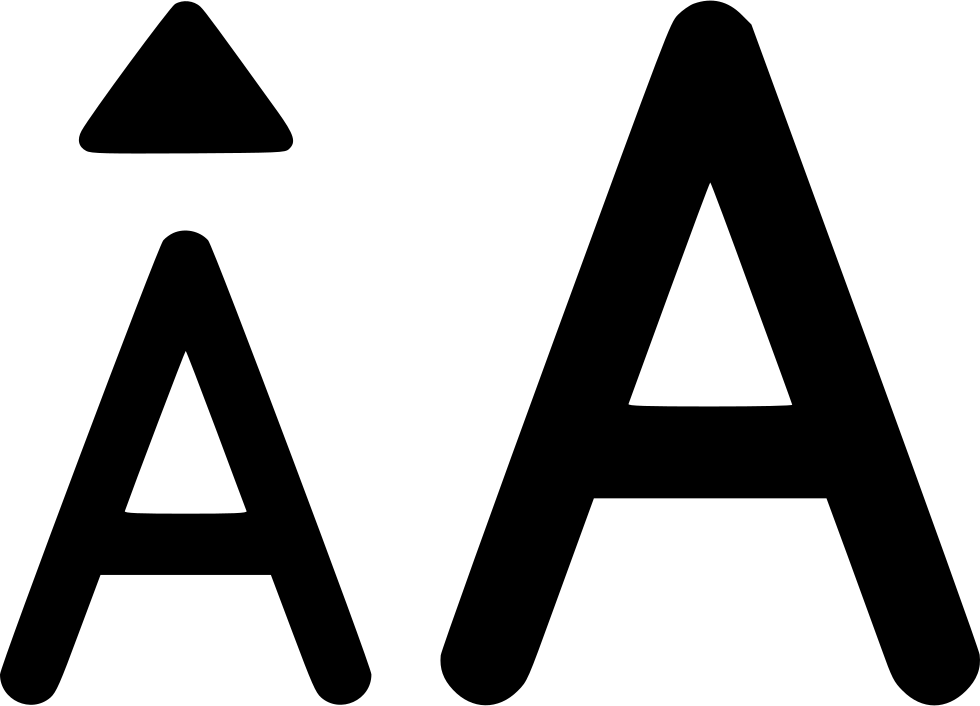As your business grows, so do your offerings — new products, services, verticals, even sub-brands. But without a clear structure, it’s easy to confuse your customers and dilute your brand power.
Enter: brand architecture — the strategy of organizing, managing, and presenting multiple brands under one cohesive system.
In this guide, we’ll break down how founders and startup teams can manage multiple brands, product lines, or verticals while keeping consistency, clarity, and strategic control.
🧠 What Is Brand Architecture?
Brand architecture is the strategic framework that defines the relationship between a company’s master brand and its sub-brands, product brands, or endorsed entities.
Why it matters:
- Avoids brand confusion
- Enhances cross-selling opportunities
- Clarifies brand purpose across markets
- Strengthens overall brand equity
📈 Companies with well-defined brand architecture outperform peers on customer clarity, loyalty, and valuation perception.
🧩 Common Types of Brand Architecture (With Startup-Friendly Examples)
- Branded House (Masterbrand-Led)
All products/services are tied directly to the core brand.
Example:
- Google → Google Maps, Google Drive, Google Ads
- Razorpay → RazorpayX, Razorpay Capital
Best for: Startups building trust through one strong name, especially in tech or SaaS.
- House of Brands (Independent Brands)
Each brand operates independently with its own identity.
Example:
- Tata → Tata Motors, Tanishq, Titan, Tata Tea
- Hindustan Unilever → Dove, Surf Excel, Pureit
Best for: Startups expanding into unrelated categories or acquisitions with distinct audiences.
- Endorsed Brands
Each brand has its own identity but is “endorsed” by the parent brand.
Example:
- Maruti Suzuki
- Courtyard by Marriott
Best for: Startups launching sub-brands that need initial trust while growing into independence.
🎯 When Do Startups Need Brand Architecture?
- You’re launching multiple products under one parent company
- Your sub-brand is growing faster than your master brand
- You’re planning international expansion with localization
- You’ve acquired another brand or business
- Your audience is getting confused about what you offer
💡 Pro tip: If your customers ask, “Wait, are these two the same company?” — you probably need a brand architecture plan.
🧪 Real Example: Byju’s
What started as an edtech app expanded into a group of brands — WhiteHat Jr, Aakash, Toppr, and more. While some remained independently branded (House of Brands), others like “Byju’s Classes” follow a Branded House model.
Their architecture decisions impacted user trust, integration speed, and investor storytelling.
🧭 How to Choose the Right Brand Architecture Model
✅ Ask These Questions:
- Do our products share the same audience and values?
- Would one brand name create clarity — or confusion?
- Is the goal long-term unification or independent exits?
- How strong is our parent brand’s equity?
Framework Suggestion:
|
Goal |
Recommended Model |
|
Build trust fast |
Branded House |
|
Diversify across markets |
House of Brands |
|
Bridge both worlds |
Endorsed Brand |
⚙️ Tools for Managing Multiple Brands
- Create a Brand Governance Guide in Notion
- Use shared visual libraries (Canva, Figma) to enforce consistency
- Set tone-of-voice rules across brands with Loom or Miro
- Build a central brand strategy doc accessible to founders + team
Keywords used naturally: brand structure, how to manage multiple brands, startup brand system, visual branding for multi-product businesses
❌ Common Mistakes in Brand Architecture
- Forcing all products under one name when they need differentiation
- Creating too many brand names too early
- No unified storytelling across touchpoints
- Inconsistent design and messaging across sub-brands
🔧 How to Start Structuring Your Brand Portfolio Today
- Map all existing brands, products, and offerings
- Clarify audience overlaps or conflicts
- Pick a model based on clarity, not convenience
- Simplify naming conventions wherever possible
- Communicate clearly — internally and externally — about who owns what
✍️ Final Thoughts
A startup can outgrow its brand faster than expected — but without structure, growth turns into confusion.
Brand architecture ensures that every new product or vertical strengthens your story instead of scattering it.
Founder prompt:
If your customer lands on one product — will they understand the rest of your brand universe?

 This guide explores brand architecture for startups, offering strategies to organize multiple products or sub-brands under a cohesive system to ensure clarity, consistency, and stronger brand equity.
This guide explores brand architecture for startups, offering strategies to organize multiple products or sub-brands under a cohesive system to ensure clarity, consistency, and stronger brand equity.















.jpeg)







.jpeg)

